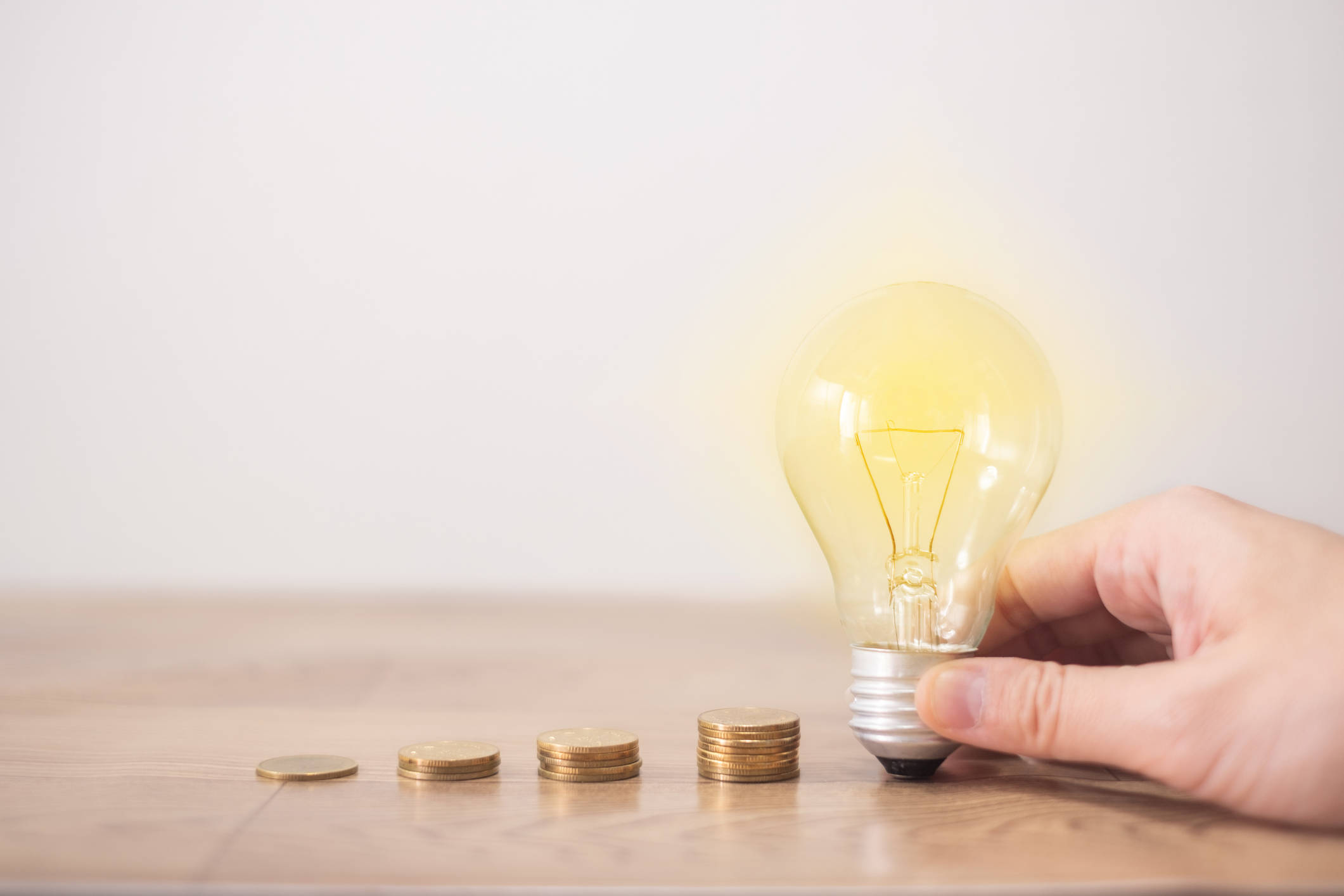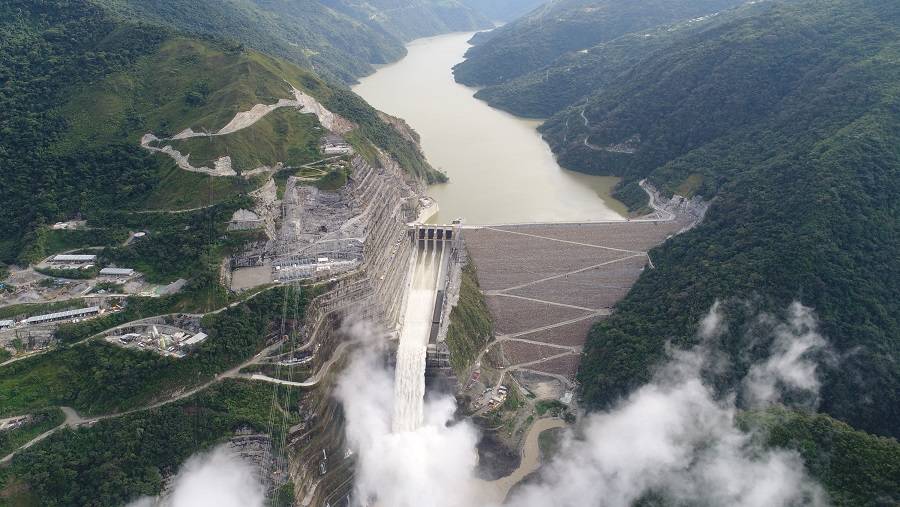Energy rates continue to fall, and Colombians are paying less for service: what's going on?

The most recent figures published by DANE indicate that electricity prices continue their downward trend in Colombia , with an annual reduction of 4.82 percent in June compared to the same month last year.
Regarding the monthly data, the drop was 1.95 percent, but Cali, Tunja, Bucaramanga, Popayán, Bogotá, Medellín, and Pasto registered reductions above the national average.
According to Natalia Gutiérrez, president of Acolgén, this reduction means that households, businesses, and companies are paying less for their electricity service. "This is a direct relief for the wallets of an essential service," she added.

Photo: iStock
Although the Minister of Mines and Energy, Edwin Palma, asserted that this decrease is "a direct result of the decisions taken by the National Government to intervene in the electricity market and correct the distortions that have affected users for years," the union leader offered another explanation.
According to Natalia Gutiérrez, the key lies in the Unit Cost (UC), which is the total cost of providing energy service to regulated users, that is, households and small businesses.
This is a direct relief to the pocket in an essential service
The CU is the sum of the costs of generating, transporting, distributing, and marketing electricity in the country. Technical losses and the cost of ensuring the continued availability of electricity (restrictions) are also taken into account.
In May, the CU fell 7 percent compared to the same month last year due to a sharp 23.7 percent drop in the cost of power generation. However, there were also reductions in losses (-8.3 percent) and marketing (-4.5 percent).

Hidroituango Photo: Jaiver Nieto
Generation is cheaper due to the abundance of water. A year ago, the country was facing an El Niño phenomenon that brought droughts, resulting in less water for electricity generation, more use of thermal plants, and, therefore, more expensive energy.
Now, with the return of the rains, hydroelectric generation (which is cheaper) is also increasing, reservoir levels have gone from 44 to 81 percent, and the price of energy on the stock market has fallen by 57 percent.
It's important to keep in mind that energy is purchased through long-term contracts or on the energy exchange, where the price rises or falls daily depending on the amount of water available to generate energy, as this is the cheapest resource.

Photo: Air-e
"The cost of generating energy depends on available resources. With the end of the El Niño phenomenon and the recovery of reservoirs, prices are stabilizing and helping to lower overall inflation," explained the president of Acolgén.
Additionally, he highlighted a decrease in the Producer Price Index (PPI), which is the indicator that affects long-term contracts signed in the electricity sector to guarantee energy supply.
"This indicator allows for a stable energy price to be adjusted according to the dynamics of the economy, even though contracts negotiate a stable price. All of this lowers the cost of energy and, consequently, the value of the monthly bill," he said.
eltiempo





